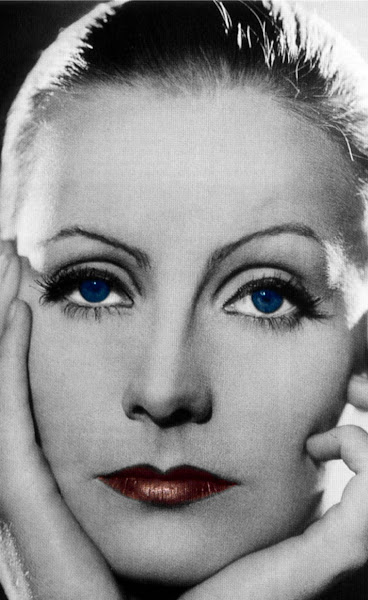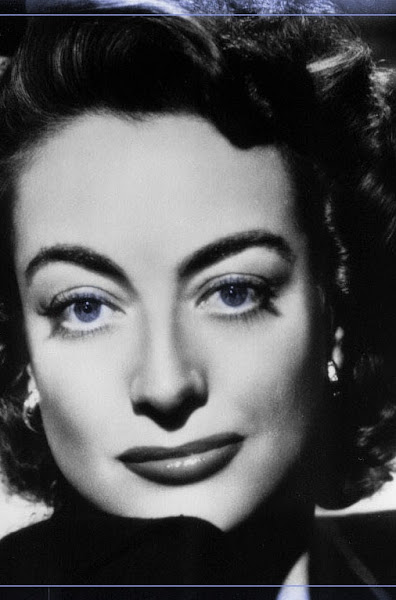 *** ½ out of ****
*** ½ out of ****
"The Diving Bell and the Butterfly" is an extraordinary film that packs a visceral punch, thanks in no small part to outstanding cinematography, fantastic acting, and a genius director. "The Diving Bell," a splendidly superior film, deservedly nabbed Best Foreign Film at last week’s Golden Globes. The film, based on a true story, is one of the great creative achievements of last year’s cinema because it combines every element of filmmaking into a masterpiece.
In "The Diving Bell," Jean-Dominique Bauby was once the successful editor-in-chief of Elle magazine in France, but a debilitating stroke has left him paralyzed from head to toe at the somewhat young age of 43. Bauby cannot function anymore, but a brilliant therapist has developed a method of allowing him to blink in order to communicate to the world. With the blinking technique, he tells the world his own life-story while audiences share the pain of his entrapment.
Director Julian Schnabel, with his history in the art world, channels his creative energies into this film, his third, with a prowess and style that are not usually synonymous with a director with such a small list of cinematic efforts. Schnabel’s "Diving Bell" seems to draw influences from some classic films, including the films of Spanish director Luis Buñuel (1972’s "The Discreet Charm of the Bourgeoisie"). Buñuel is remembered for his characteristic surrealist style, and "The Diving Bell" features some surrealistic flights of fantasy in Bauby’s mind. One other film inspiration seems to be something like Lars Von Trier’s 1996 masterpiece, "Breaking the Waves," which contributes its bleached-out coloring to many scenes in "The Diving Bell," alluding to the hopelessness of Bauby’s post-stroke plight.
The film’s editing is fantastic, helping the sound to weave perfectly in and out between two contrasting scenes, such as a fantasy scene and the real life narrative. "The Diving Bell" also boasts a fantastic adapted screenplay that assists and complements the rich visuals. Last but certainly not least, the acting is absolutely top-notch, particularly Mathieu Amalric as Bauby and Marie-Josée Croze as Henriette, his brilliant speech therapist. Amalric is almost indistinguishable from his paralyzed character, and Croze is perfect as the sympathetic and emotional Henriette.
The cinematography in "The Diving Bell and the Butterfly" is exquisitely first-rate. With shots coming primarily from Bauby’s point-of-view, the film captures audiences in his body, forcing them to sympathize and share his pain. The abundance of close-up shots, with their tight framing, also encloses viewers within his own confines, forcing them to further identify with his perspective. Most notably, the abundant use of mobile framing allows for the freedom of movement, which cruelly contrasts to the fact that Bauby is incapable of movement.
The greatest theme of the film is obviously the need for escapism, and many motifs in the film reflect on it. Scenes with a man trapped in a deep sea diving suit at the bottom of the ocean and scenes with butterflies eagerly swarming about are intersected within specific scenes of the film. The suit with a slow zoom-out generates feelings of isolation and entrapment while the butterflies inspire freedom, showing how Bauby is connected to the former while longing for the latter. The recurrence of Empress Eugenie in Bauby’s fantasies connects him to a figure whose past chains her to the same hospital from which he cannot escape. The recurrence of the French version of Bobby Darin’s classic "Beyond the Sea" introduces the idea of escapism in the opening credits since the abyss of the sea represents the greatest metaphorical prison in the film, so the song is a foreshadowed cry for freedom. The final motif is the recurring images of the glacier crashing into the ocean. The "sinking" indicates a symbolic representation of entrapment, but when the glacier reverses and rises out of the sea in the end credits, it is a symbolic reference to the freedom of Bauby’s soul from his body.
Do not miss this film because it could very well be one of the best you will see this year.
Originally published in the January 31 issue of Versus Magazine: Entertainment & Culture
March 26, 2008
The Diving Bell & The Butterfly (Le scaphandre et le papillon)
Subscribe to:
Post Comments (Atom)

.jpg)

.jpg)
.jpg)

No comments:
Post a Comment